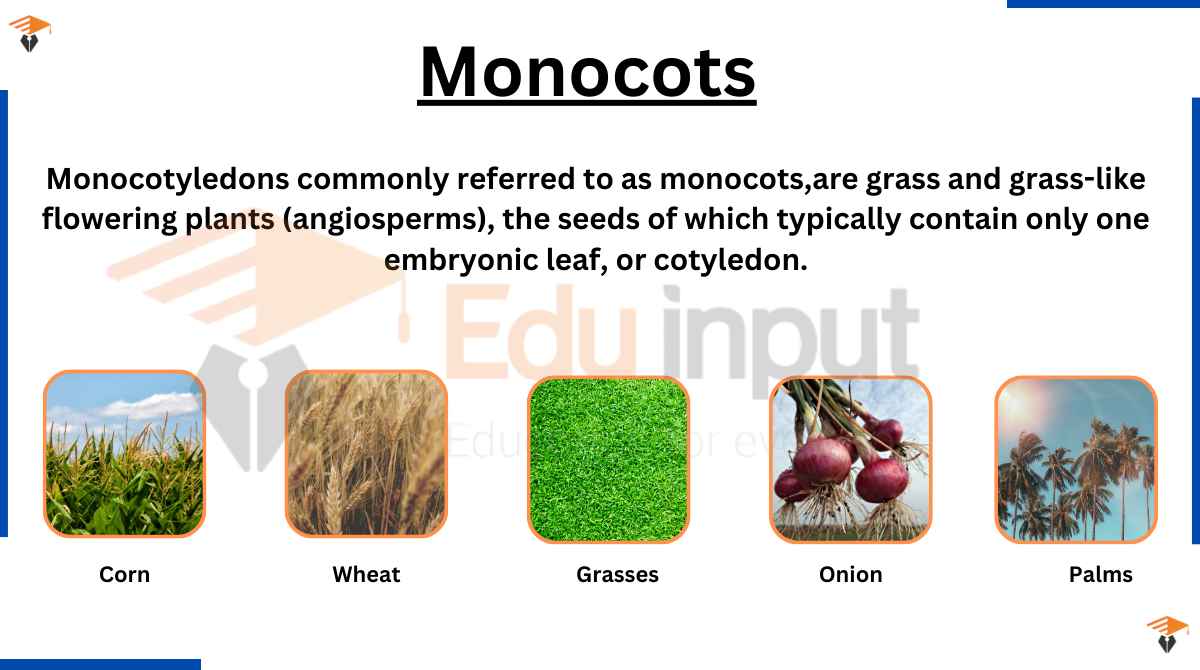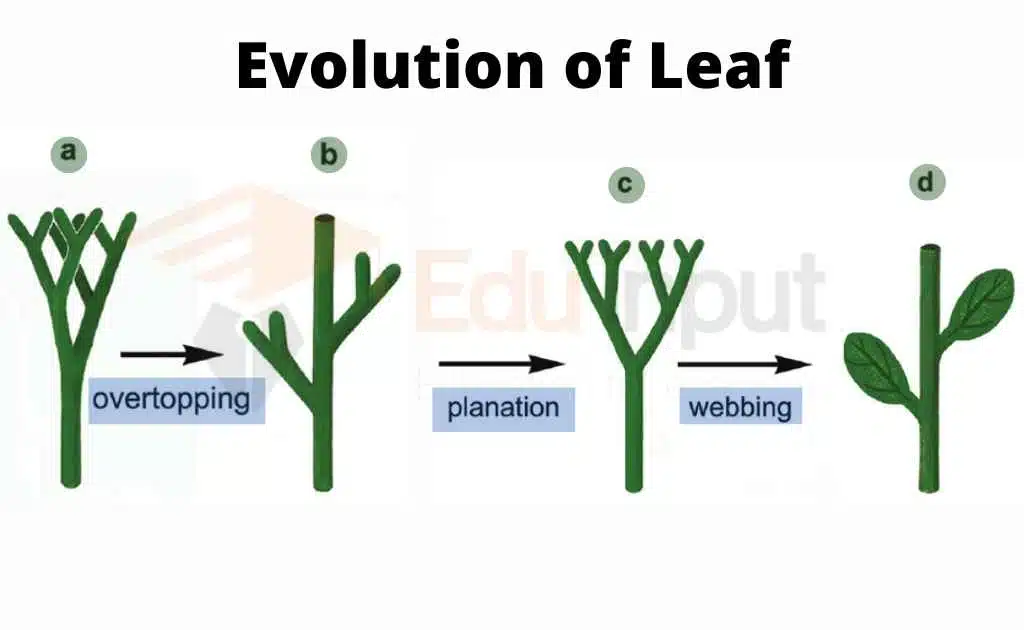Alternation Of Generations In Bryophytes | Significance of Alternation of Generation
Alternation of generations refers to the process of one generation replacing another. In plants, this occurs through the alternation of generations, where each new generation is formed by the division of an existing plant. In contrast, animal species reproduce sexually, producing offspring with two sets of chromosomes rather than just one.
Alternation Of Generations In Bryophytes
The phenomenon in which gametophyte and sporophyte generations regularly alternate with each other is called alternation of generation. The bryophytes show two distinct generations. These generations are sporophyte and gametophyte..
Gametophyte Generation
The gamete-producing generation is called gametophyte generation.
a) Gametophyte is haploid generation. It is a more conspicuous and dominant generation.
b) The gametes are spermatozoids and eggs.
c) A haploid spermatozoid fuses with a haploid egg to produce Oospore (zygote).
d) Oospore grows and produces sporophyte generation. So haploid gametophyte stage begins with spores and ends at gametes
Sporophyte Generation
The spore-producing generation is called the sporophyte.
- It is diploid and less conspicuous generation. It is diffrentiate3d into the foot, seta, and capsule.
- The capsule has spore mother cells. The spore mother cells divide by meiosis to form spores.
- The spore germinates to form gametophyte. The sporophyte generation begins with spores. oospore and ends at spore mother cells.
Significance of Alternation of Generation In Bryophytes
Alternation of generation has great importance for plants. It helps the plant to adapt to different environments. So it increases the survival of the plants.
Production Of A Variety Of Spores By Sporophyte:
Sporophyte produces spores. These spores are formed from spore mother cells by meiosis. It causes reshuffling of genes. As a result, a great variety of spores are produced. These spores have different genetic combinations.
Formation Of Gametophyte From Spores:
The spores produce gametophyte. The gametophyte with better genetic makeup will have a better chance for survival. On the other hand, the gametophyte with less advantageous characteristics will be eliminate. These gametes are produced by mitosis. So there is no reshuffling of genes during gametes formation and hence variations are not produced in gametes. The gametes fertilize to form zygotes or oospores
Formation OF Sporophyte From Oospores:
The oospore has a new genetic make-up as compared to the parent sporophyte. This oospore grows to form a new sporophyte. So these genetic variations pass to the new sporophyte. The new mature sporophyte further produces genetic recombination.
These variations are transferred to the new gametophytes. In this way, the sporophyte produces a large genetic variability and nature selects the best genetic combinations. So the populations of plants become better adapted to their environment.





Leave a Reply